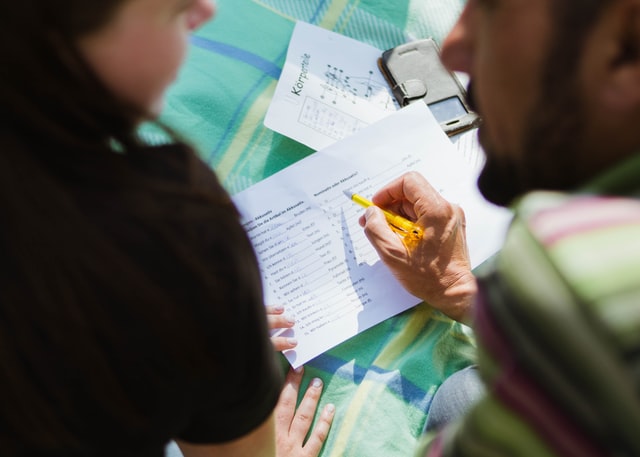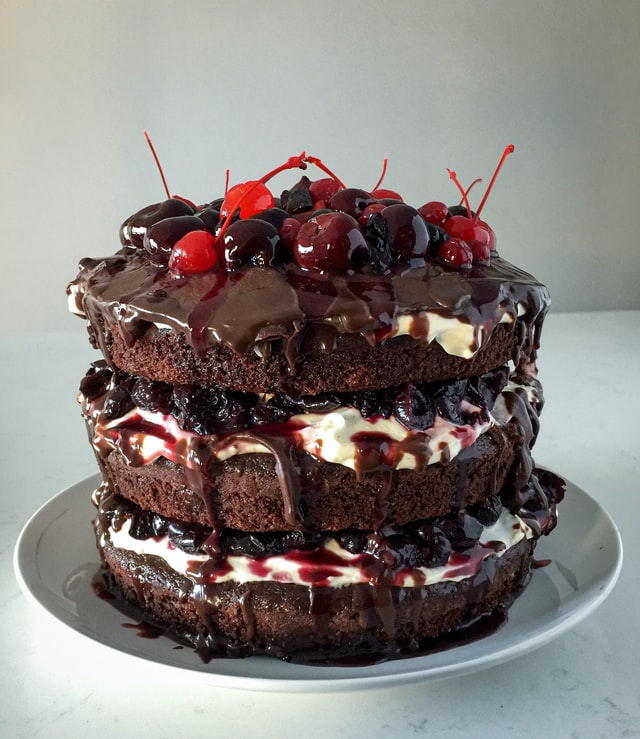How The Umlaut Changes German Words Posted by Constanze on Apr 14, 2021 in Language
Guten Tag! Today we’re looking at the Umlaut – specifically, German words whose meanings change depending on whether an Umlaut is present in the word, or not! Hopefully this will help you to recognise and avoid some common errors when it comes to using the Umlaut.
Firstly, what is the Umlaut? If you’re not familiar with the German Umlaut yet, I would advise that you read this post first. Once you’ve done that, come back to this post and read on!
The Umlaut in Plurals
There are many words in German that take an Umlaut in the plural, but not in the singular. Here are a few examples:
die Mutter (mother) / die Mütter (mothers)
der Apfel (apple) / die Äpfel (apples)
der Vogel (bird) / die Vögel (birds)
der Wurm (worm) / die Würmer (worms)
das Haus (house) / die Häuser (houses)
der Baum (tree) / die Bäume (trees)
der Gast (guest) / die Gäste (guests)
In each of these cases, the words retain the same meaning, only one is plural and the other is singular.
Same or similar spelling, but different meanings!
However, there are some words in German that are spelt the same, or very similarly, except one has an Umlaut and the other doesn’t. In the case of these words, the word meanings themselves are also different– which is where things can become confusing! Here are some examples of such words:
schwül (humid)
schwul (gay)
der Mohr (moor)
die Möhre (carrot)
See this post about the controversial Mohrenstraße in Berlin, and how activists have been putting an Umlaut over the O in the street name to change it to ‘Carrot Street’.
der Kuchen (cake)
die Küchen (kitchens; plural of die Küche- the kitchen)
schon (already)
schön (beautiful)
nah (near)
nähen (to sew)
These words become more similar when the verb nähen is shortened to näh, for example in the word die Nähmaschine – the sewing machine.
die Schranke (barrier)
die Schränke (cabinets; plural of der Schrank- the cabinet)
Several verb conjugations also vary in meaning depending on whether an Umlaut is present or not. The Umlaut is commonly used in the conditional tense (‘I would like’, ‘I could have’ etc.). Some examples are:
haben – to have
ich hatte: I had (past tense)
ich hätte: I would have (conditional tense)
können – to be able to/can
Ich konnte: I could (past tense)
Ich könnte: I could (conditional tense)
I hope this has been useful. Let me know in the comment box if there are any more words you can think of that fall into this category, so that other learners can see them, too. 🙂
Bis bald! (See you soon!)
Constanze

Build vocabulary, practice pronunciation, and more with Transparent Language Online. Available anytime, anywhere, on any device.







Comments:
Joseph T Madawela:
thank you very helpful